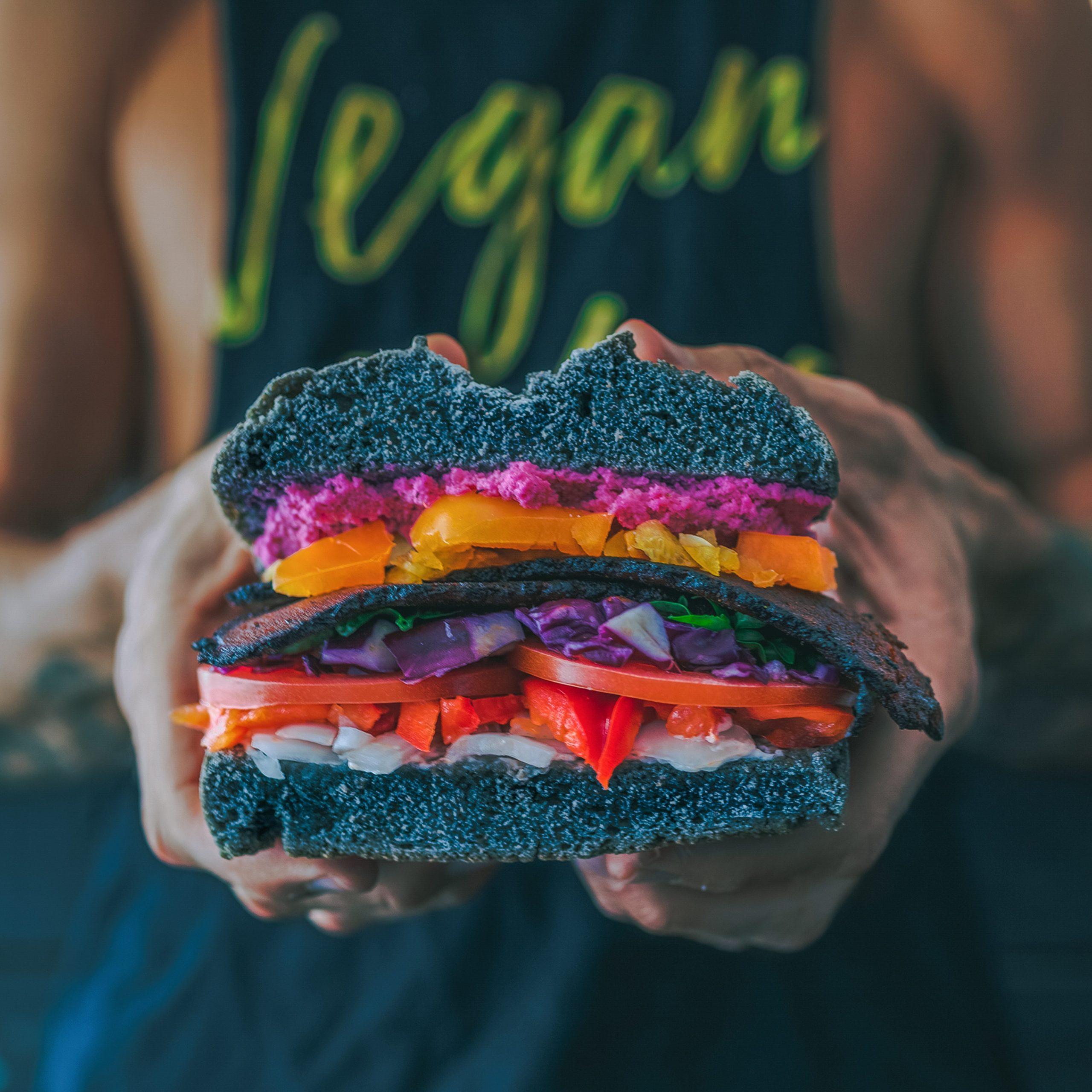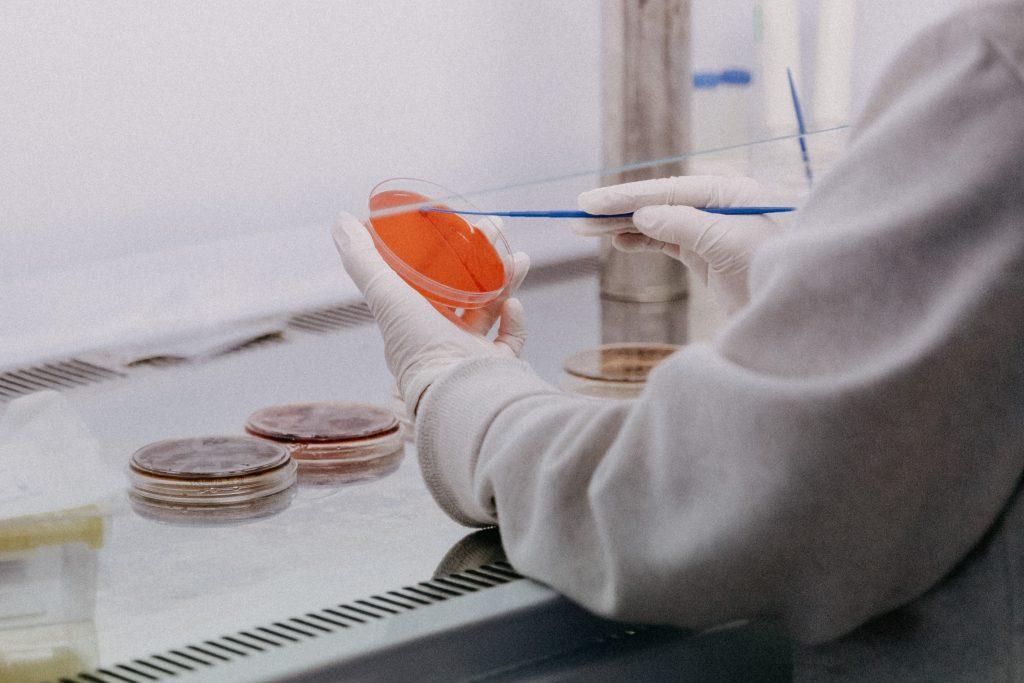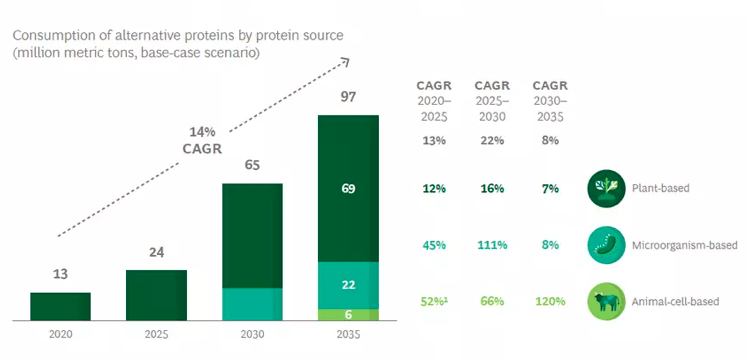The term zoonotic disease refers to any infectious disease that came from non-human animals. These diseases then spillover to infect humans. Spillovers means “the processes that enable a pathogen from a vertebrae animal to establish infection in a human,”(Sánchez, et al. 2021, pg. 4). When considering that “about 75% of emerging infectious diseases are zoonotic,” (Espinosa, et al. 2020, pg. 2), it is clearly important to learn more about them.
The COVID-19 pandemic, which the planet continues to grapple with, is a pandemic that is zoonotic in nature. It is thus critical to understand the sources of zoonoses to decrease the risk of exposure to humans. This article discusses the link between zoonoses and our current food system. This includes what types of foods we produce, how we produce them, and alternative sustainable methods of food production.
Zoonoses and our current food production systems
Humans produce many animal-based products, such as beef, pork, dairy, eggs, poultry, seafood, and bushmeat. Bushmeat is hunted in the wild, and eating bushmeat contributes to the emergence of several human diseases (Rohr et al. 2019, pg. 451). Other meats are intensively produced in factory farms or, if free-range, on cleared land.
Intensified livestock farming is expected to grow as demand for livestock increases. Here, animals are bred with identical genes, and crammed together in factory farms or transport. These are stressful conditions that compromise their immunity to pathogens. It is thus not surprising that genetic sameness allows pathogens to evolve and spread at a faster rate (Espinosa et al. 2020, pg. 6).
In the case of free-range livestock, land must be cleared to raise livestock. Clearing this land reduces the local biodiversity. It also increases the risk of people being exposed to pathogens that come from animals. Such deforestation often results in humans encountering new diseases, as they encounter and destroy wildlife. These disease vectors would otherwise not appear in the human population (Aiyar & Pingali 2020, pg. 751). Simply put, “all types of meat production increase zoonotic risks” (Espinosa et al. 2020, pg. 9).

Risk of zoonotic disease in food production
The way that humans interact with nature lacks caution. This is especially true in the ways we farm and source our food. However, it is vital that we take a more cautious approach for our food production systems in future. That is, we should introduce the precautionary principle. This means: “when an activity raises threats of harm to human health or the environment, precautionary measures should be taken even if some cause and effect relationships are not fully established scientifically,” (Kriebel et al. 2001, pg. 871). Right now, the world is in the middle of managing a global pandemic that is zoonotic in nature. Although the theory has not been fully proved, most experts believe the production of animal-based foods caused Covid-19. Thus, current food production systems have caused threats to human and environmental health. As such, precautionary measures should be considered.
Veganism could prevent future pandemics
It follows that a vegan diet could be a logical precautionary solution to zoonotic spillovers. A transition away from animal-based foods would change our entire agricultural system. Such a change would lower the risk of more zoonotic diseases emerging. Most agricultural output, meaning most of the food we grow, is livestock or feed for livestock. As shown in the figure below, it is a very inefficient way to produce calories and nutrition. Consider that a third of the global protein supply and less than one fifth of the global calorie supply comes from livestock products. Yet, over three quarters of agricultural land is used to produce livestock (Ritchie & Roser, 2013).

One of the most comprehensive papers on food production’s environmental impacts is by Poore and Nemecek, published in 2018. It found that even the lowest-impact animal products typically exceed the environmental impacts of vegetable substitutes. That means that even in the best-case scenario, eating meat is worse for the environment than eating vegetables. So, if everyone ate a plant-based diet, the global population would need just a fraction of the land they currently use. Despite this, demand for animal-based foods continues to increase. This coincides with the growth of both global population and economic development. As countries continue to economically develop, they adopt aspects of the Western diet such as meat consumption (Sans & Combris, 2015). This means that more people want meat, despite the risks, and not enough people want vegan diets, despite the global benefits.

Zoonotic Outbreaks and Academic Studies
According to researchers Sánchez, Venkatachalam‐Vaz & Drake, there is not enough literature on spillovers. There is also a lack of literature from the social sciences such as economics, on the economic consequences of a spillover event (Sánchez et al. 2021, pg. 13). This might explain the lack of academic debate on this matter, despite the ramifications of a zoonotic outbreak such as COVID-19.
Researchers Aiyar & Pingali claim that “enforcing food-safety standards in local food systems should be a global priority”. They further claim that “poorly enforced standards have cross-industry and cross-country ramifications.” (Aiyar & Pingali 2020, pg. 754). The problem with their claim is that the demand for livestock products continues to rise. This occurs despite the negative consequences of livestock production and consumption. (Godfray et al. 2018).
While there continues to be a high demand for these products, what is to incentivize producers to improve their standards?
Can we have risk-free meat?
This is a matter of economics, of supply and demand. Demand continues to rise for animal-based food products. This means livestock producers have no incentives to transition away from livestock production. So how do we increase more sustainable and safer farming methods?
Current projections suggest there will be billions more of us on this planet in the decades to come. We will thus need an increase of land converted into agricultural production. In particular, land used for livestock production will increase, given the current trends. This will most likely result in increased interactions (consumption or otherwise) between the following:
- Humans and livestock
- Humans and wild animals
- Livestock and wild animals

Thus, increasing the probability of a spillover event (Rohr et al. 2019). Furthermore, current trends in food production and consumption value meat and other animal-based foods. This is especially the case in the developed world. So much so, that it is unlikely the world will naturally transition towards vegan diets. However, there is an emerging industry that is working towards letting us eat our burgers without the public health risks.
Meat alternatives
There is a growing industry dedicated to providing the taste, price, and convenience of livestock products, with minimal to no use of actual animals. This emerging industry is called the alternative proteins industry. This could mean scrambling plant-based eggs in the morning and having it alongside an oat-milk latte. Or it could be devouring a crunchy chicken burger, the patty of which was created in a bioreactor. That is, it was originally just a collection of cells before becoming an actual patty of chicken flesh.

This emerging industry shows that human ingenuity can solve our unhealthy and unsustainable appetite for animals. There are three main categories of alternative proteins: plant-based products, cell-based products, and products created by precision fermentation.
Conclusion
At the moment, plant-based products appear in most developed markets. Its substitutability has the potential to not only decrease the risk of zoonotic disease emergence but also feed more people. There is even literature claiming that “replacing all animal-based items with plant-based replacement diets can add enough food to feed 350 million additional people,” (Shepon et al. 2018, pg. 3804).
The emergence of the alternative proteins industry could benefit from boosts in demand. These types of market trends could incentivize farmers to transition away from the risky and inefficient livestock industry. There are many benefits to transitioning towards the alternative proteins industry, including environmental, personal health, or public health reasons.
For more information on zoonoses and sustainable food production and consumption, visit THRIVE.






















